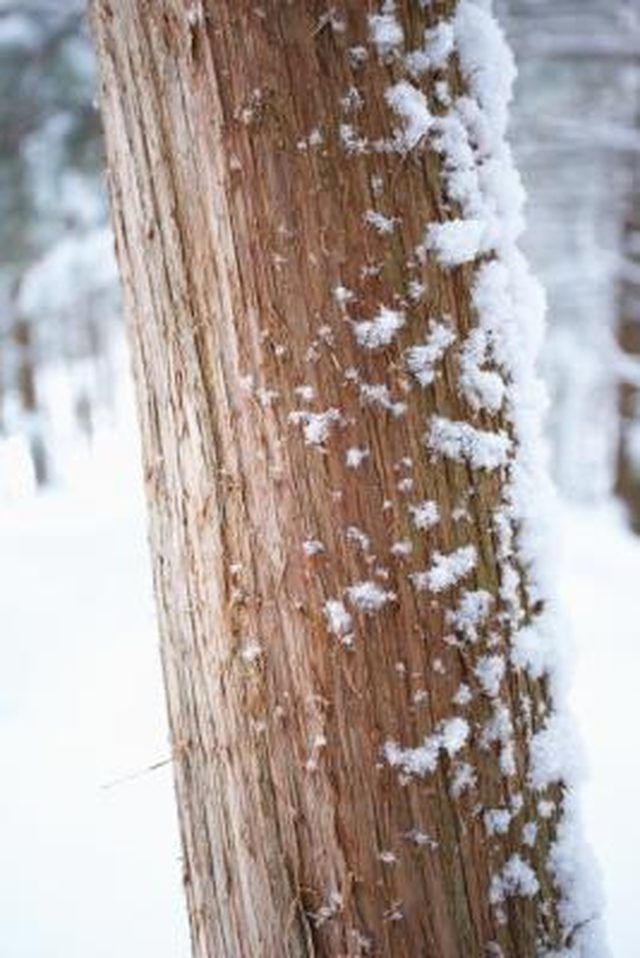Bulbs
Flower Basics
Flower Beds & Specialty Gardens
Flower Garden
Garden Furniture
Garden Gnomes
Garden Seeds
Garden Sheds
Garden Statues
Garden Tools & Supplies
Gardening Basics
Green & Organic
Groundcovers & Vines
Growing Annuals
Growing Basil
Growing Beans
Growing Berries
Growing Blueberries
Growing Cactus
Growing Corn
Growing Cotton
Growing Edibles
Growing Flowers
Growing Garlic
Growing Grapes
Growing Grass
Growing Herbs
Growing Jasmine
Growing Mint
Growing Mushrooms
Orchids
Growing Peanuts
Growing Perennials
Growing Plants
Growing Rosemary
Growing Roses
Growing Strawberries
Growing Sunflowers
Growing Thyme
Growing Tomatoes
Growing Tulips
Growing Vegetables
Herb Basics
Herb Garden
Indoor Growing
Landscaping Basics
Landscaping Patios
Landscaping Plants
Landscaping Shrubs
Landscaping Trees
Landscaping Walks & Pathways
Lawn Basics
Lawn Maintenance
Lawn Mowers
Lawn Ornaments
Lawn Planting
Lawn Tools
Outdoor Growing
Overall Landscape Planning
Pests, Weeds & Problems
Plant Basics
Rock Garden
Rose Garden
Shrubs
Soil
Specialty Gardens
Trees
Vegetable Garden
Yard Maintenance
Where Do Red Cedar Trees Grow?
Where Do Red Cedar Trees Grow?. An evergreen tree, several species form the red cedar family, with some variety of the tree growing throughout every state in the United States and across much of Canada.

An evergreen tree, several species form the red cedar family, with some variety of the tree growing throughout every state in the United States and across much of Canada.
Hardiness Zones
The eastern red cedar tree, Juniperus virginiana, grows best in USDA hardiness zones 2 through 9, an area that encompasses nearly all of the U.S. aside from the extreme southern tips of Florida and Texas, plus a section of southeastern California.
Growth Potential
The red cedar grows to a height of between 40 and 50 feet with a canopy spread of 8 to 20 feet. It appreciates full sunshine and achieves its best growth potential in a variety of well-drained soils, including acidic, alkaline, sand and clay, reports the Arbor Day Foundation.
Warning
The University of Minnesota Extension service indicates that red cedar should not be planted near orchards due to the possibility of the orchard developing the disorder known as apple rust.
South & West
Southern red cedar, Juniperus silicicola, grows from Coastal North Carolina through northern Florida and across the Gulf Coast to Texas. Western red cedar grows from Alaska to Northern California and through the Rocky Mountains.